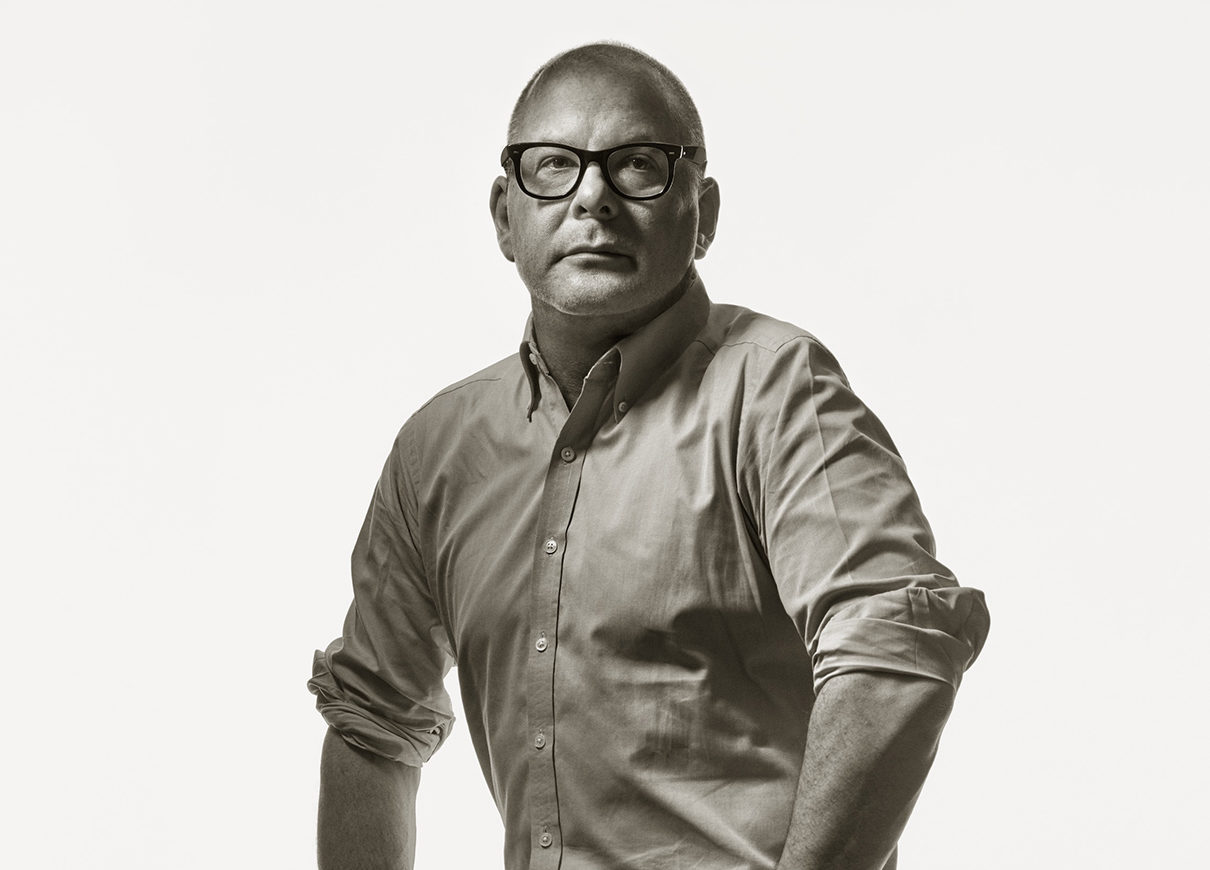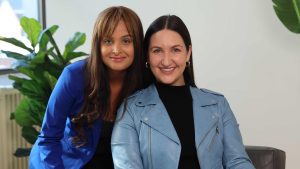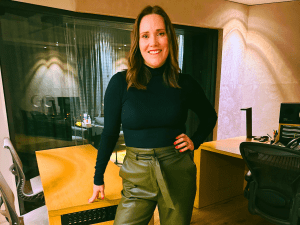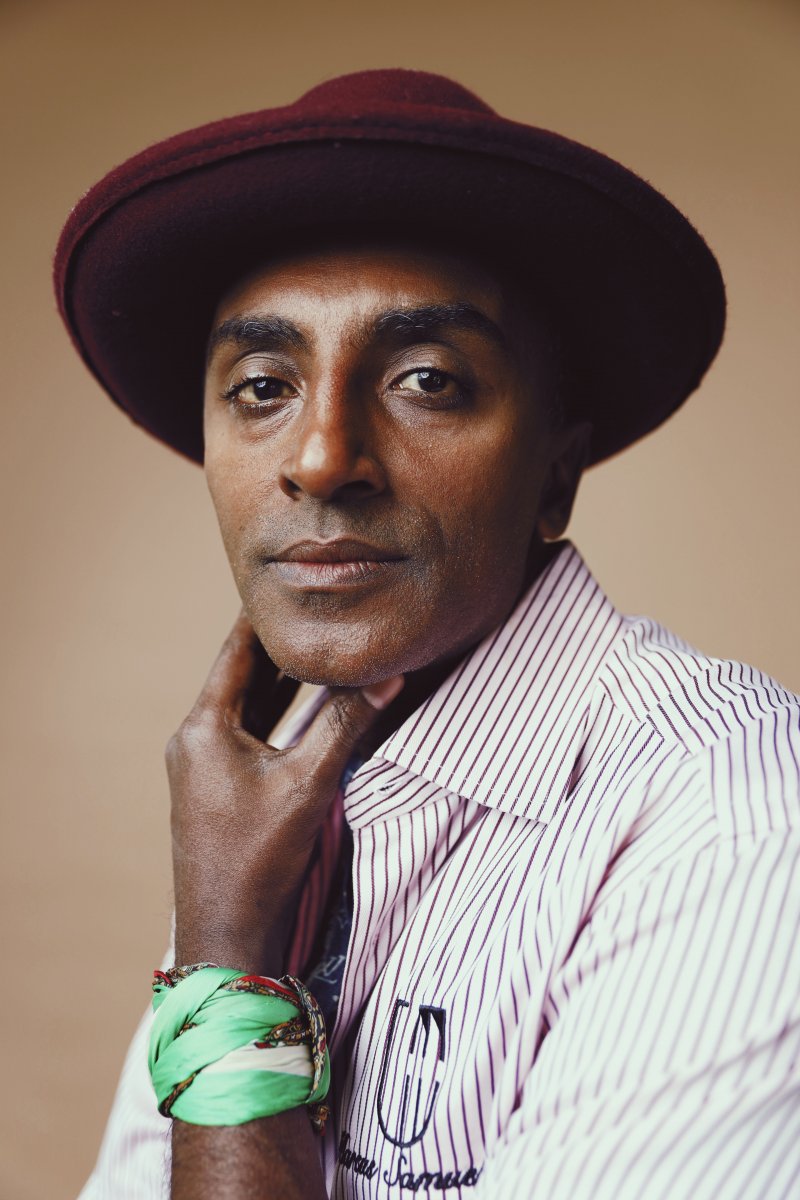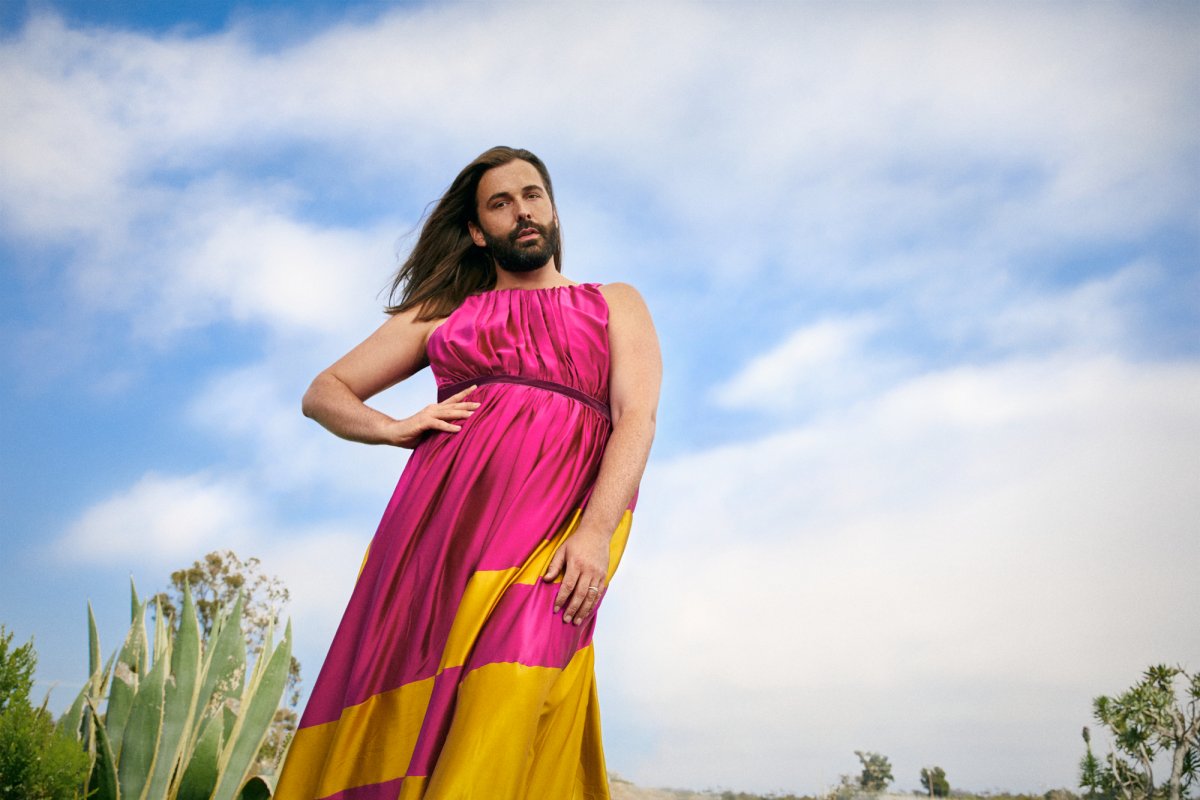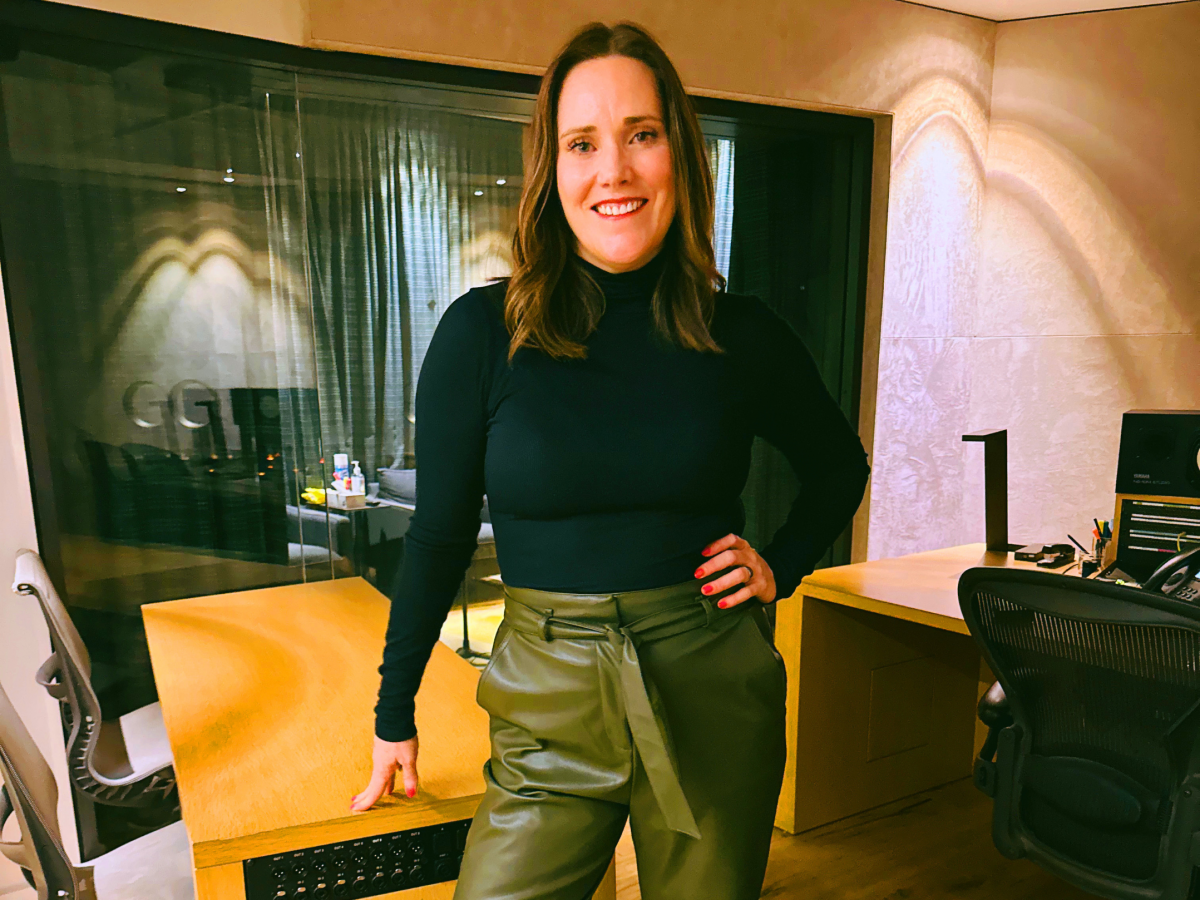[vc_row full_width=”stretch_row” parallax=”content-moving” parallax_image=”15349″ parallax_speed_bg=”1.1″][vc_column][vc_empty_space height=”500px”][/vc_column][/vc_row][vc_row][vc_column width=”1/3″][/vc_column][vc_column width=”2/3″][vc_custom_heading text=”Written by Truc Nguyen” font_container=”tag:h6|font_size:12|text_align:center|color:%23a3a3a3″ google_fonts=”font_family:Dosis%3A200%2C300%2Cregular%2C500%2C600%2C700%2C800|font_style:400%20regular%3A400%3Anormal”][vc_custom_heading text=”HOW TO REINVENT A BRAND” font_container=”tag:h2|font_size:45|text_align:center|color:%23ffffff” google_fonts=”font_family:Unica%20One%3Aregular|font_style:400%20regular%3A400%3Anormal” css_animation=”slideInLeft” css=”.vc_custom_1575659535027{background-color: #97c3d4 !important;}”][/vc_column][/vc_row][vc_row][vc_column][vc_column_text]In February 2017, fashion designer and creative director Reed Krakoff was hired as Tiffany & Co.’s first ever Chief Artistic Officer, tasked with the challenge of creating a new creative vision for the luxury jeweller.
Krakoff has plenty of experience reinventing iconic American brands: Coach was a niche, $500 million handbag company when he was hired for the top creative job in 1996 as a 32-year-old Parsons graduate with a professional pedigree at Anne Klein, Tommy Hilfiger, and Ralph Lauren. By the time he left to focus on his eponymous label 17 years later, it had grown into a $4 billion global accessories brand responsible for 36 percent of the premium handbags sold in the United States, according to a New Yorker profile on the designer.
Beyond Krakoff’s talents as a designer, the shift reflected his ability as a master strategist to create a desirable brand centered around the then-innovative concept of accessible luxury—as president and executive creative director, he greatly expanded Coach’s merchandise offering beyond leather bags to include perfume, jewellery, shoes, and other accessories (the brand introduced ready-to-wear after Krakoff’s tenure). [/vc_column_text][/vc_column][/vc_row][vc_row][vc_column width=”2/3″][vc_single_image image=”15345″ img_size=”full” add_caption=”yes” onclick=”link_image”][/vc_column][vc_column width=”1/3″][vc_column_text]Upon his first days at Tiffany & Co., Krakoff spent time learning about the brand’s unique heritage and enduring appeal, even as he considered potential pivots and opportunities to implement meaningful change.
“I spent a lot of time in the historical archive, looking through designs and sketches, marketing, ad campaigns, stores, everything in the history of the brand. I also spent time talking to as many people as possible within the company,” says Krakoff. “I had to absorb all of that and then take a step back and look at what I was about to undertake as the next chapter of the brand.” [/vc_column_text][/vc_column][/vc_row][vc_row][vc_column][vc_column_text]It helps that Krakoff is able to bring a fresh perspective and creative approach to the business, especially when it comes to brand strategy and reinvention. “I think it’s great that I didn’t grow up in this industry. I grew up in luxury but not specifically in this industry. It’s good to come into jewellery with fresh eyes,” says Krakoff. “Something I have learned over the years is that the subtle changes that we see inside a brand are typically lost on the consumer. It always feels safer to evolve things, but the consumer doesn’t really see that unless it’s distinct.”
In less than three years in his current role, Krakoff has managed to revamp the storied 181 year-old retailer’s collections and stores, introduce new product categories, and refresh its brand image; recent launches include Tiffany Men’s, The Blue Box Cafe, the fine Paper Flowers collection, and Tiffany True, the brand’s first engagement collection in about a decade. Beyond creating buzz and encouraging sales, the more out-of-the-box initiatives create a comprehensive, holistic brand experience for customers, potentially improving brand recognition and loyalty in the crowded fine-jewellery market. [/vc_column_text][vc_custom_heading text=”“TIFFANY HAS BEEN AN AMAZING BRAND FOR OVER 180 YEARS, I WANT TO AMPLIFY WHAT HAS MADE IT SO MAGICAL, REFLECTING ON ITS HERITAGE WHILE MOVING IT FORWARD AND STARTING A NEW CHAPTER,“ says Krakoff.” font_container=”tag:h2|font_size:42|text_align:center|color:%23ffffff” google_fonts=”font_family:Unica%20One%3Aregular|font_style:400%20regular%3A400%3Anormal” css_animation=”fadeIn” css=”.vc_custom_1575659933260{background-color: #e05869 !important;}”][vc_column_text]“The world is moving at a faster pace than ever before and today’s consumers are more curious. We need to ensure that we’re evolving the relationship with our clients and allowing them to experience the brand in new and surprising ways.”
So far, these changes are having a positive impact. According to a recent WWD news report, “Tiffany has seen a rebound in business over the last few years following the appointment of Reed Krakoff as chief artistic officer.” (In November, the luxury fashion conglomerate LVMH Moët Hennessy Louis Vuitton offered to acquire the brand for about US $16.2 billion.)
And there’s more to come. This fall, Tiffany & Co. introduced its first collection for men: Tiffany Men’s includes almost 100 pieces, including everything from fine jewellery to everyday accessories to bar and drinkware.
“This is the first time we’ve had a comprehensive collection across many different categories and a much broader array of looks and attitudes,” says Krakoff. “I think it’s going to have a big impact on consumers coming into the store. I think women will buy it as gifts, and men will buy it for themselves.“ Vision takes foresight and according to Krakoff, it can take two years to develop a jewellery collection.
“As Tiffany’s first Chief Artistic Officer, I am able to bring different areas together and tell our story in a cohesive way. For example, a new jewellery collection may spark an idea for store interiors, which leads to marketing, which leads to events, etc.,” says Krakoff. “It’s a way of working that is more typical of the fashion industry than the jewellery industry.” [/vc_column_text][vc_custom_heading text=”The master of reinvention is at it again. ” font_container=”tag:h2|font_size:38|text_align:center|color:%2397c3d4″ google_fonts=”font_family:Unica%20One%3Aregular|font_style:400%20regular%3A400%3Anormal” css_animation=”fadeIn”][/vc_column][/vc_row]


